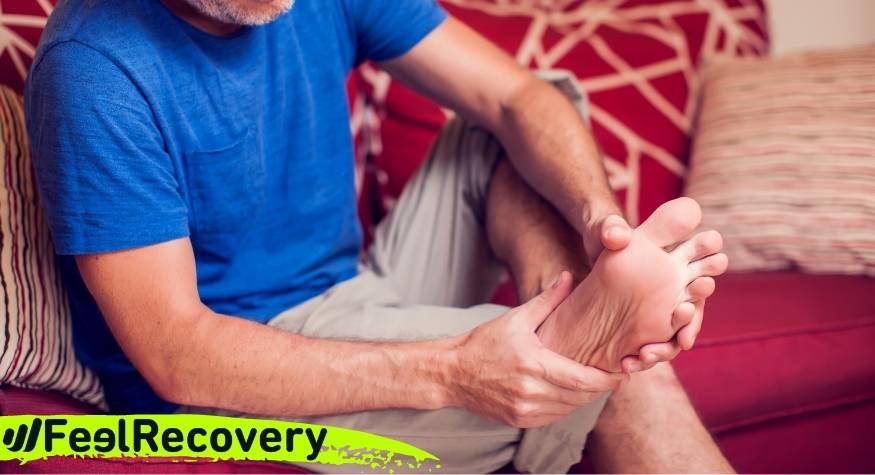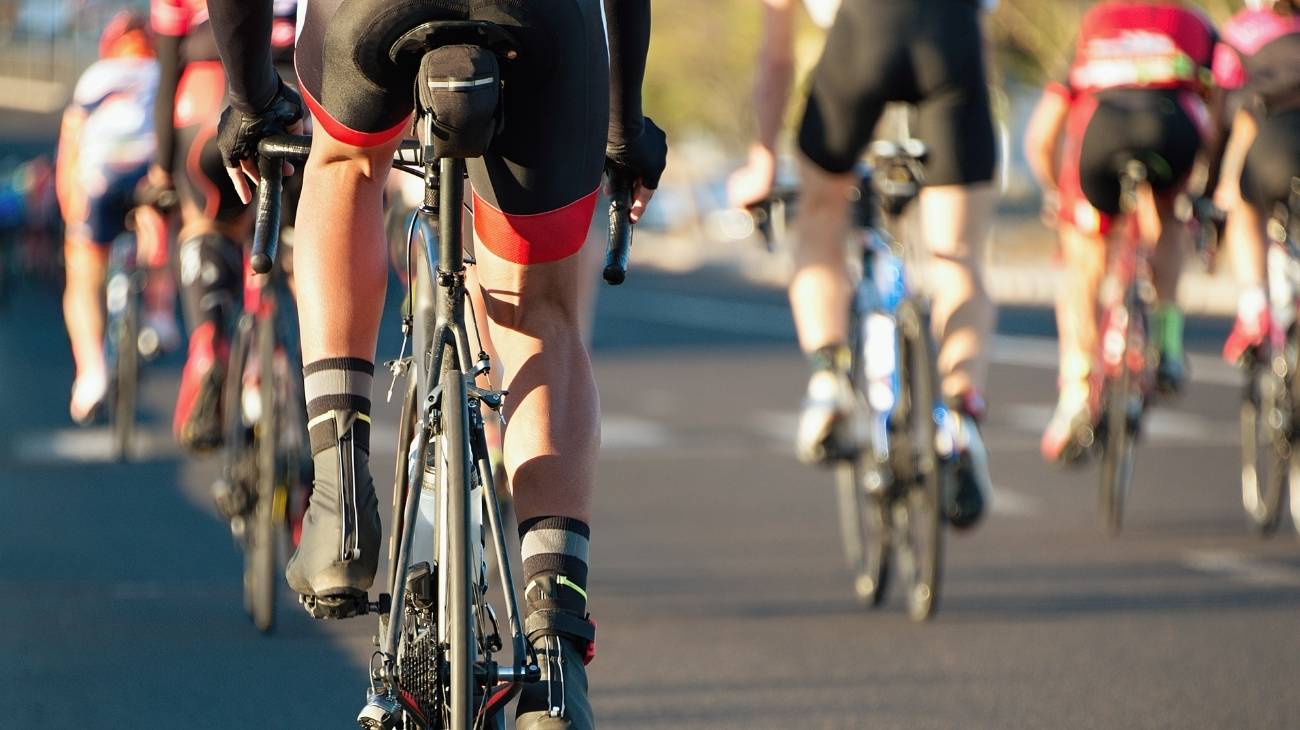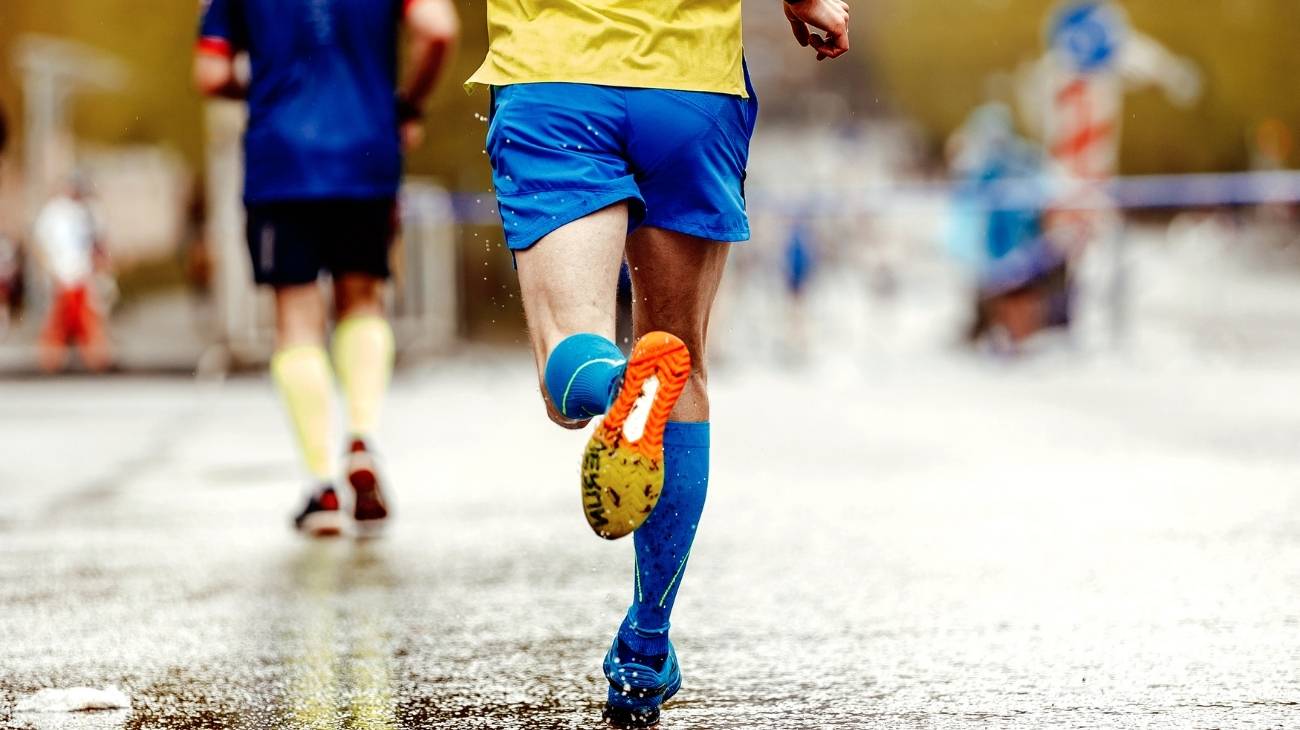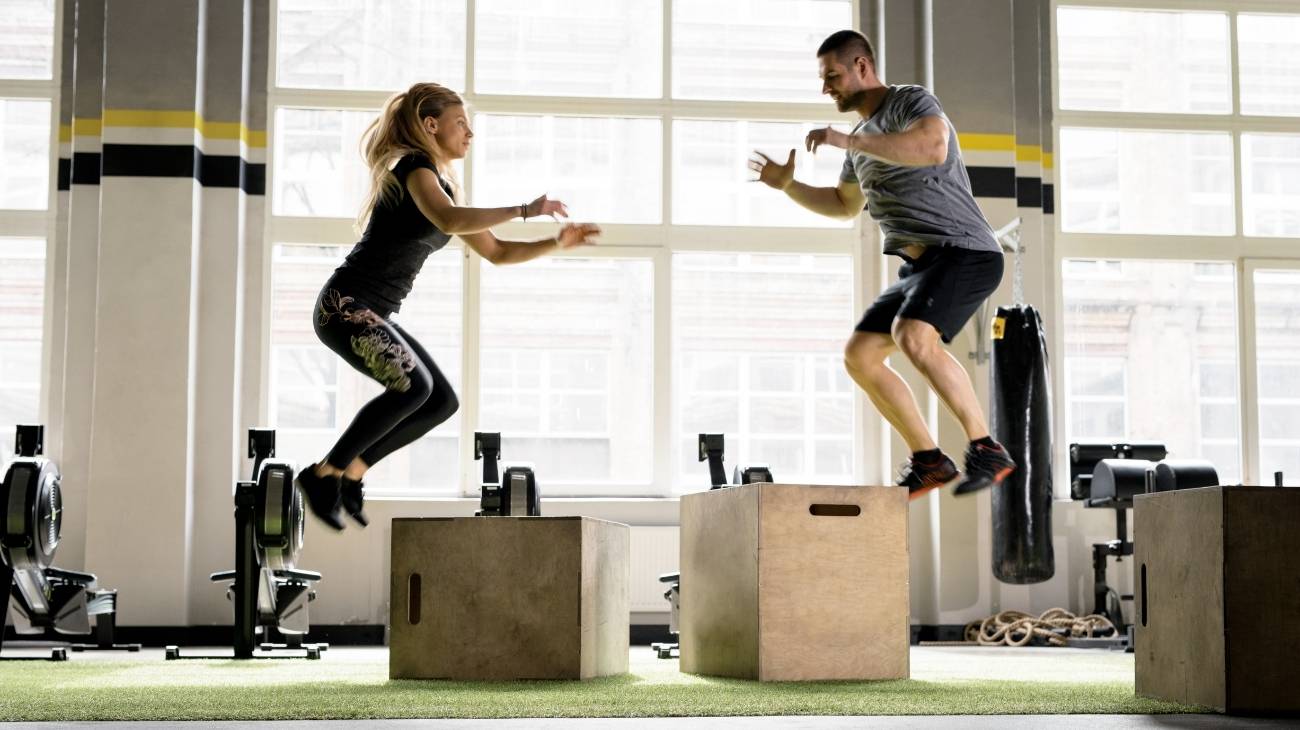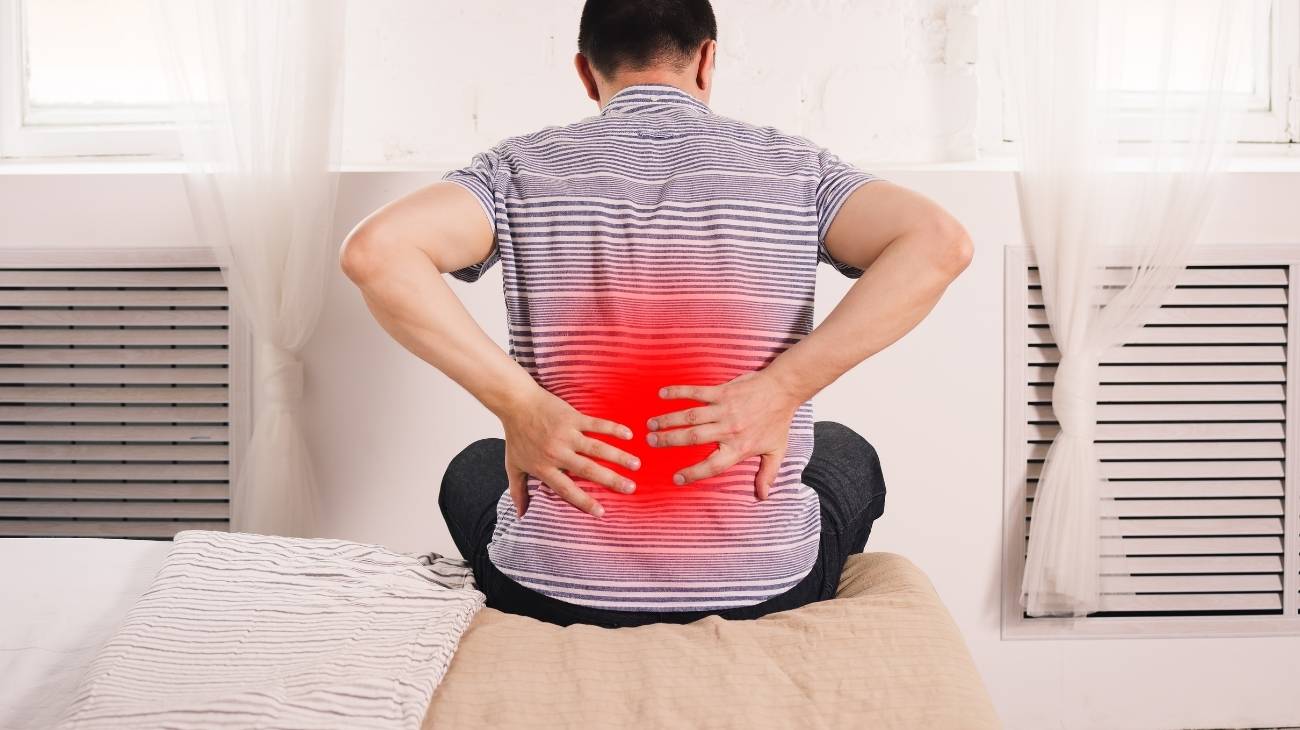The plantar fascia is a thick, elastic, fibrous tissue that surrounds the intrinsic musculature of the foot and connects the calcaneus to the toes to create the arch of the foot. It is therefore an essential structure in walking because it absorbs and returns the energy that is produced when the foot impacts the ground.
However, for various reasons, it is possible for this tissue to become inflamed and, in effect, produce a condition known as plantar fasciitis. Since it is more common than it seems, it is worth knowing what it is, what its symptoms are and how it can be improved with compression socks and stockings.
What is plantar fasciitis and what are its symptoms?
One of the most common causes of heel pain is plantar fasciitis. Plantar fasciitis is a condition that involves inflammation of a thick, fibrous band of tissue that runs across the sole of the foot and connects the heel bone to the toes, the plantar fascia.
It is extremely painful and affects the patient's walking, especially when getting up and taking the first steps in the morning for the first six months. After that time, the discomfort is usually latent in all daily activities. About 30% of the world's population suffers from plantar fasciitis in their lifetime.
The plantar fascia inherently shows the shape of an arch that supports the foot and absorbs the shock of walking, but stretching and stressful tensions inflame and irritate this structure to the point of disease.
Plantar fasciitis is triggered by the following causes and risk factors:
- The type of foot (cavus or valgus feet).
- Physical activities that put pressure on the heel.
- Playing sports on hard surfaces.
- Obesity or excess weight.
- Ageing (common in older adults from 40 to 60 years of age)
- Accumulated stress on the Achilles tendon.
- Sudden change in activity level
- Wearing shoes with soft soles.
- Poor arch support.
- Work that keeps the person on their feet for a long time
Patients present with a particular clinical picture presenting with the following signs and symptoms:
- Pain and stiffness at the bottom of the heel, usually dull or sharp.
- Burning and discomfort on the sole of the affected foot.
- Increased soreness in the morning, when walking and running, when climbing stairs, after sitting for a while, etc.
- Swelling and/or tenderness in the foot or heel.
- Limping or walking with an altered gait pattern.
Bestseller
-
2 Ankle Compression Sleeve (Black/Gray)
$24.95 -
2 Ankle Compression Sleeve (Green/Navy)
$24.95 -
2 Ankle Compression Sleeve (Pink/Bordeaux)
$24.95 -
Sport Compression Socks (1 Pair) (Black/Gray)
$24.95 -
Sport Compression Socks (1 Pair) (Green/Navy)
$24.95 -
Sport Compression Socks (1 Pair) (Pink/Bordeaux)
$24.95
What are the benefits of wearing compression stockings and socks to treat plantar fasciitis?
After diagnosing plantar fasciitis based on the patient's medical history, physical examination and imaging tests, the healthcare professional will have the power to pinpoint an effective diagnosis that, apart from determining the cause of the injury through the location of pain, allows for the definition of an ideal treatment to minimise the effects of the pathology, provide relief and speed up the recovery period.
One of the most commonly suggested therapies for treating plantar fasciitis of the foot is compression therapy. This is characterised by the use of a type of elastic device to exert controlled pressure on an altered area to squeeze the vein walls in order to improve circulatory velocity, regulate vascular wall function, decrease venous pressure and increase tissue metabolism.
The use of compression stockings and socks guarantees the following benefits:
- Reduce the manifestation of muscle pain, inflammation, micro-tears in the muscle fibres and fatigue.
- Promote the restoration of the affected area after suffering an alteration.
- Mitigate the effect of the impact produced with each stride.
- Improve the venous circulatory system to assist the return of blood to the heart and eliminate toxins.
- They promote less vibration and lateral oscillation of the muscle fibres.
- They optimise the athlete's performance and endurance, both aerobic and anaerobic.
- Maintain body heat on cold and rainy days.
- They guarantee greater muscle support.
- They provide great stability which translates into comfort.
- Minimise the risk of increasing the severity of plantar fasciitis or other injuries.
What type of compression socks and stockings are best for improving plantar fasciitis of the foot?
There are many options when it comes to compression socks and stock ings to protect the foot and adjacent parts of the foot, as well as to enhance the performance of athletes. However, when using these garments to treat a condition, it is essential that patients are careful, as not all designs are suitable for this purpose.
Therefore, to improve the inflammation of the plantar fascia, it is advisable to use a garment known as a compression sports sock , which, as its name suggests, is an ideal garment for athletes who wish to improve their performance and protect their feet from injury, mainly.
It is also effective in alleviating the symptoms of this condition thanks to the advantages it offers:
- They soothe pain.
- Decrease muscle inflammation.
- Control movements to prevent further discomfort.
- They favour the rehabilitation phase in a short time.
- Improve the person's performance.

